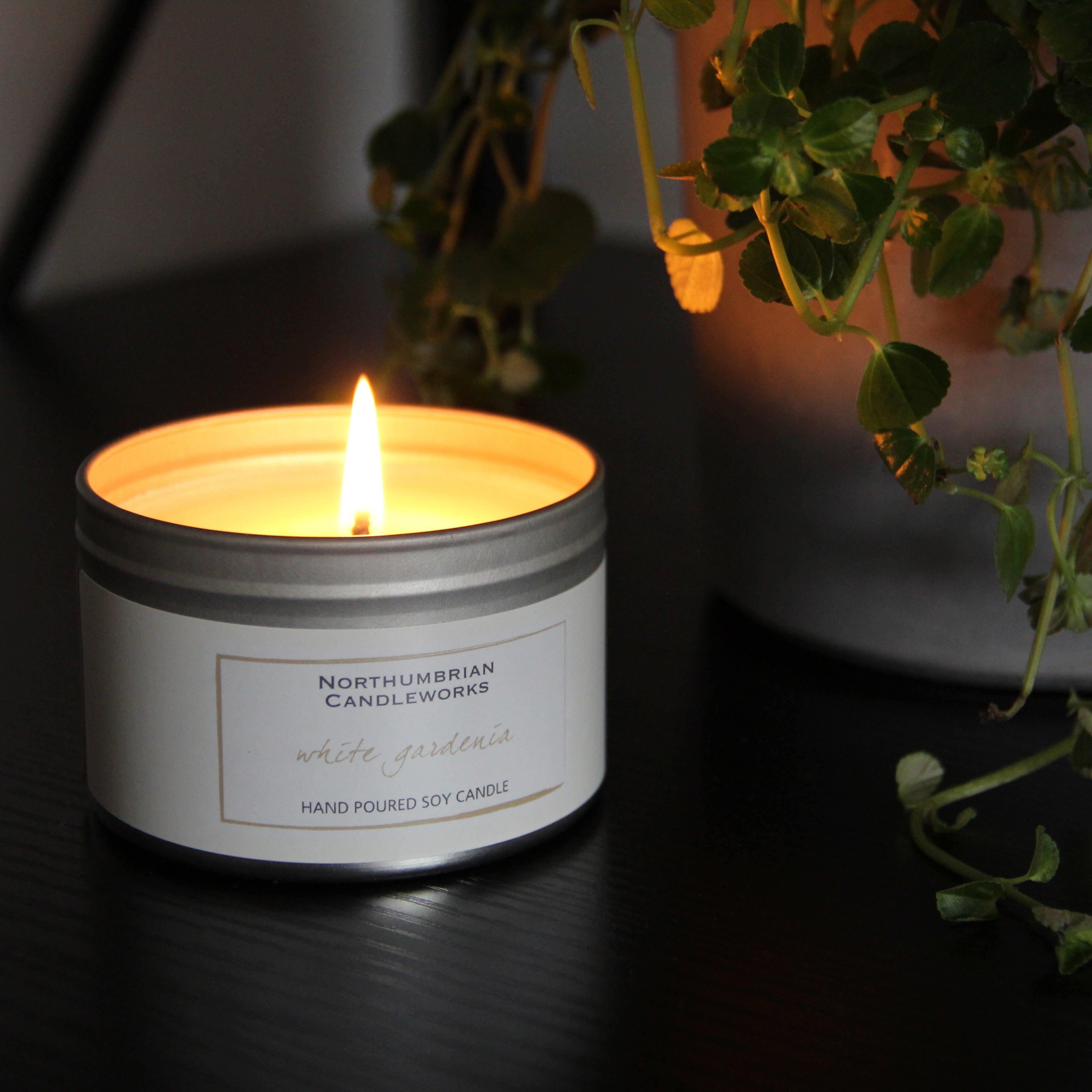Boost Your Living Space with Glamorous Soy Candles and Home Fragrance
Boost Your Living Space with Glamorous Soy Candles and Home Fragrance
Blog Article
From Wick to Wax: Comprehending the Chemistry Behind Soy Wax Candles and Their Ecological Effect
As we brighten our spaces with the warm radiance of candles, there exists a realm of complex chemistry behind the seemingly straightforward act of lighting a soy wax candle. The option in between soy and paraffin wax expands past mere visual appeals, diving into the realm of ecological influence and the extremely composition of the materials. Understanding the molecular structure of soy wax and its burning process sheds light on the exhausts launched into our surroundings. Join us as we decipher the scientific intricacies behind soy wax candles and discover their implications on our setting.
Soy Wax Vs. Paraffin Wax
When contrasting soy wax and paraffin wax for candle production, it is vital to understand the unique attributes and advantages of each product. Soy wax is an all-natural, renewable energy stemmed from soybean oil, making it naturally degradable and environmentally friendly - soy candles. On the other hand, paraffin wax is a result of petroleum refining, which raises concerns concerning its ecological influence and sustainability
Soy wax candles burn cleaner and emit less soot contrasted to paraffin wax candles, making them a much healthier choice for indoor air top quality. In addition, soy wax has a reduced melting point, permitting a longer-lasting candle light that distributes scent more efficiently. Paraffin wax, on the other hand, has a tendency to burn faster and less easily, potentially releasing hazardous chemicals into the air.
From a sustainability point of view, soy wax is preferred for its biodegradability and eco-friendly sourcing, straightening with the expanding consumer preference for environmentally conscious products. While paraffin wax has actually been a conventional selection in candle making due to its affordability and convenience of usage, the shift towards environment-friendly options like soy wax is obtaining energy in the market.
Chemical Make-up of Soy Wax

Burning Refine in Soy Candles
The chemical composition of soy wax directly affects the burning procedure in soy candle lights, influencing aspects such as melt time, scent launch, and environmental influence. When a soy candle is lit, the warm from the fire thaws the wax near the wick. This liquid wax is then drawn up the wick because of capillary activity. As the fluid wax reaches the flame, it undergoes and evaporates combustion. The combustion process entails the vaporized hydrocarbons in the wax responding with oxygen airborne to produce warm, light, water vapor, and carbon dioxide.
The combustion performance of soy candle lights is influenced by the purity of the soy wax and the top quality of the wick. Furthermore, soy wax candles have a reduced environmental effect contrasted to paraffin candles due to their renewable and eco-friendly nature.

Environmental Advantages of Soy Wax

Taken into consideration a lasting alternative to conventional paraffin wax, soy wax offers notable environmental advantages that make it a preferred selection among eco-conscious consumers. One substantial benefit of soy wax is its sustainable sourcing. Soy wax is stemmed from soybean oil, which is primarily Check This Out cultivated in the United States. The growing of soybeans assists support regional farmers and decreases the dependence on non-renewable nonrenewable fuel sources utilized in paraffin wax production. Additionally, soy wax is naturally degradable, implying it damages down normally without launching unsafe contaminants right visit homepage into the atmosphere. This characteristic makes soy wax candles a much more eco-friendly option contrasted to paraffin wax candle lights, which are made from petroleum, a non-renewable source. Soy wax burns cleaner and generates much less residue than paraffin wax, contributing to better indoor air quality and minimizing the requirement for cleaning and maintenance. Overall, the ecological advantages of soy wax align with the growing demand for environmentally friendly and sustainable items in the marketplace.
Recycling and Disposal Considerations
Reusing and correct disposal of soy wax candle lights play a crucial duty in preserving ecological sustainability and minimizing waste in neighborhoods and families. When it comes to reusing soy wax candle lights, the initial action is to ensure that the candle has melted entirely.

In regards to disposal, if recycling is not an option, soy wax candles are biodegradable and can be safely disposed of in most home waste systems. It is always recommended to inspect with local reusing centers or waste administration services for certain standards on candle light disposal to click this link make sure proper handling and environmental security.
Verdict
To conclude, the chemistry behind soy wax candles discloses their environmental benefits over paraffin wax candles. Soy wax, stemmed from soybean oil, burns cleaner and creates less soot when compared to paraffin wax. The burning process in soy candle lights is a lot more effective, resulting in a much longer and much more also melt. Furthermore, soy wax is naturally degradable and renewable, making it an extra lasting choice for candle light production. Reusing and proper disposal of soy wax candles even more add to their environmental influence.
When comparing soy wax and paraffin wax for candle production, it is essential to comprehend the distinctive characteristics and advantages of each material (soy wax candles).Soy wax candles melt cleaner and discharge much less soot compared to paraffin wax candles, making them a healthier selection for interior air top quality.Thought about a lasting option to conventional paraffin wax, soy wax uses significant environmental benefits that make it a preferred choice among eco-conscious consumers. Soy wax burns cleaner and creates less residue than paraffin wax, contributing to much better indoor air top quality and decreasing the demand for cleaning and maintenance.In conclusion, the chemistry behind soy wax candles exposes their ecological benefits over paraffin wax candle lights
Report this page